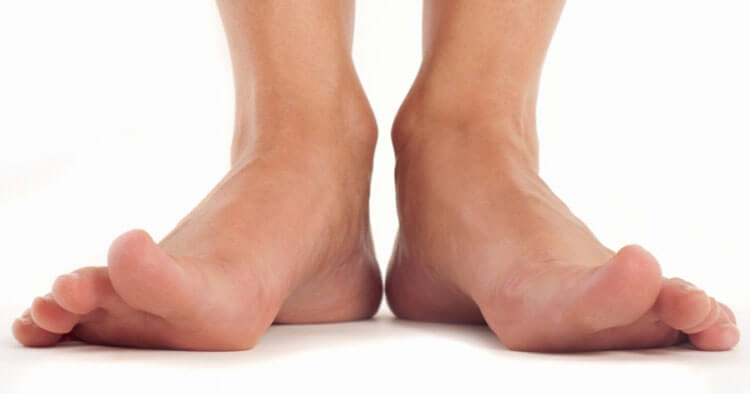Muscle Pain and Tendinopathy, Shockwave Therapy, Sports Injuries and Management
Plantar Fasciosis Verses Plantar Fasciitis
The Plantar Fascia
The plantar fascia ligament helps support the bones of your foot and absorb the loading forces associated with standing, walking, running… Heel pain associated with the plantar fascia and plantar fasciosis can be quite disabling. Typically heel pain of plantar fascia origin is at its worst first thing in the morning, or when rising and moving after sitting, or standing still for sustained periods. Heel pain in this situation is most commonly experienced under the heel bone (the calcaneus), however some individuals experience pain associated with the plantar fascia in the arch of their foot, or even on the outer aspect of their foot and heel area. Some individuals may experience mild swelling, redness but the most common sign is typically tenderness on palpation of the bottom of the heel, coupled with an impaired ability to ambulate.
Plantar Fasciitis Or Plantar Fasciosis, What Is The Difference?
Plantar fasciitis refers to the inflammatory stage of plantar fascia associated heel pain, where as plantar fasciosis refers to the degeneration phase of plantar fascia associated heel pain. Plantar fasciosis can involve microscopic stretching, tearing, and degeneration (deterioration) of the plantar fascia at its attachment site, the point where the plantar fascia attaches to the calcaneus.
This degeneration in the condition plantar fasciosis often occurs as a result of repetitive stress following on from plantar fasciitis. In most cases plantar fasciitis tends to progress to plantar fasciosis and the majority of plantar fascia pain sufferers will have plantar fasciosis, which is why often the term plantar fasciopathy is considered the most appropriate label for this plantar fascia heel pain. Plantar fasciopathy as a blanket term can cover the initial inflamatory stage often present around onset of pain and the more chronic degenerative phase, as well as any acute flare-ups of a chronic situation, where there may be the presence of acute inflammation with the plantar fascia, superimposed on a more chronic degenerative base issue.
With regard to the management of heel pain and treatment for plantar fascia pain, the inflammatory phase and degenerative phase of plantar fasciopathy are often managed differently, thus it is important before proceeding with treatment, that the phase of the condition and what exactly we are dealing with is recognised from the outset.
Heel Spurs
Commonly investigations such as an X-ray may highlight the presence of a bone spur, this spur may be implicated as the cause of your heel pain. The presence of a heel spur is considered to be evidence that your plantar fascia has been exerting excessive force on your heel bone. They are the formation of calcium (bone) within the plantar fascia occurring adjacent to the heel bone. Personally I find patients with heel spurs often require a longer rehabilitation period to restore them to their pain-free level, this extended rehabilitation process may reflect both the increased time and severity of stress that has been placed on the plantar fascia tissue that led to heel spurs being present.
Differential Diagnosis For Heel Pain
Correct diagnosis of your heel pain by a physiotherapist, or podiatrist is important, as there are a number of differential diagnosis for heel pain that present in a similar fashion to plantar fasciopathy. In most cases plantar fasciopathy will resolve without the need for cortisone injections, surgery or any other invasive treatments. Conservative management including treatment options such as: orthotics, taping techniques, stretching and strengthening exercises, acupuncture/dry needling, massage and soft tissue techniques as well as joint mobilizations are usually enough to get on top of any plantar fascia associated heel pain.
Radial Shockwave Treatment And Plantar Fasciosis
At Sydney Physio Clinic something we have found very useful in the treatment of plantar fasciopathy, specifically during the plantar fasciosis stage is the use of radial shockwave treatment. As with most tendinopathies, the use of shockwave treatment in plantar fasciopathy can be a really effective approach . Radial shockwave treatment helps kick start the bodies natural healing process and is ideal for treating chronic soft tissue complaints, as well as addressing heel spurs (calcification) associated pain. At Sydney Physio Clinic we have a radial shockwave therapy machine which can easily be incorporated into any individuals plantar fasciopathy rehabilitation program for the treatment of chronic heel pain.
Disclaimer: Sydney Physio Clinic does not endorse any treatments, procedures, products mentioned. This information is provided as an educational service and is not intended to serve as medical advice. Anyone seeking specific advice or assistance regarding Plantar Fasciosis Verses Plantar Fasciitis should consult his or her orthopaedic surgeon, general practitioner, sports medicine specialist or physiotherapist.


